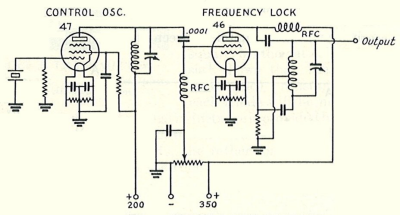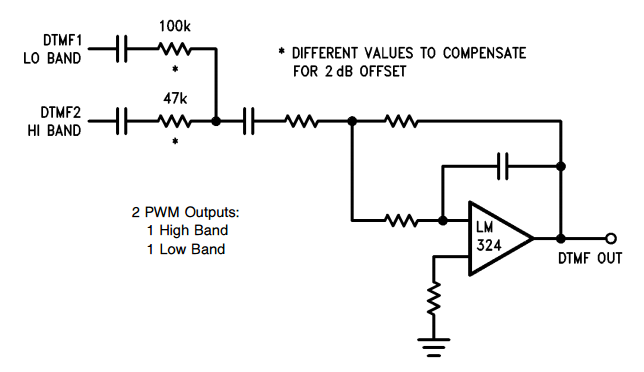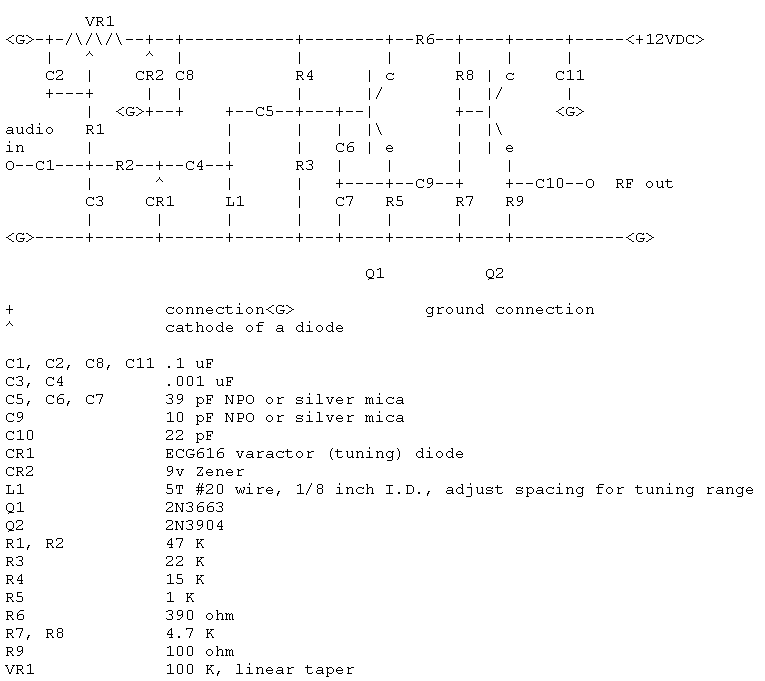
Crystal Testers

This circuit allows for testing quartz resonators within a frequency range of 32 kHz to 24 MHz. The operational status of the quartz resonator is indicated through a diode that signals an LED and emits an acoustic signal. A switch, labeled S2, facilitates the selection of different frequency ranges.
The circuit utilizes a frequency counter and a microcontroller to measure the oscillation frequency of the quartz resonator under test. The resonator is connected to an oscillator circuit, which generates a signal that is then processed by the microcontroller. The microcontroller compares the measured frequency against predefined thresholds to determine the operational status of the resonator.
The LED indicator is connected to a GPIO pin of the microcontroller, which turns on when the resonator is functioning correctly, providing a visual confirmation. Additionally, an audio output, typically a piezo buzzer, is included in the design to provide an audible confirmation of the resonator's status.
The switch S2 is a multi-position toggle switch that allows the user to select between different frequency ranges, enhancing the versatility of the circuit. Each position of the switch corresponds to a specific range, which the microcontroller is programmed to recognize, adjusting its measurement parameters accordingly.
To ensure accurate measurements, the circuit may also include bypass capacitors and filtering components to eliminate noise and stabilize the power supply. Proper grounding techniques should be applied to minimize interference, particularly in high-frequency applications.
Overall, this circuit serves as a practical tool for testing and verifying the functionality of quartz resonators, making it valuable for applications in electronics testing and development.This circuit enables you to test quartz resonators at the range values from 32kHz to 24MHz. Confirmation of good state of quartz resonator is done by diode signalling LED and acoustic signal. Switch S2 enables change of range. 🔗 External reference
The circuit utilizes a frequency counter and a microcontroller to measure the oscillation frequency of the quartz resonator under test. The resonator is connected to an oscillator circuit, which generates a signal that is then processed by the microcontroller. The microcontroller compares the measured frequency against predefined thresholds to determine the operational status of the resonator.
The LED indicator is connected to a GPIO pin of the microcontroller, which turns on when the resonator is functioning correctly, providing a visual confirmation. Additionally, an audio output, typically a piezo buzzer, is included in the design to provide an audible confirmation of the resonator's status.
The switch S2 is a multi-position toggle switch that allows the user to select between different frequency ranges, enhancing the versatility of the circuit. Each position of the switch corresponds to a specific range, which the microcontroller is programmed to recognize, adjusting its measurement parameters accordingly.
To ensure accurate measurements, the circuit may also include bypass capacitors and filtering components to eliminate noise and stabilize the power supply. Proper grounding techniques should be applied to minimize interference, particularly in high-frequency applications.
Overall, this circuit serves as a practical tool for testing and verifying the functionality of quartz resonators, making it valuable for applications in electronics testing and development.This circuit enables you to test quartz resonators at the range values from 32kHz to 24MHz. Confirmation of good state of quartz resonator is done by diode signalling LED and acoustic signal. Switch S2 enables change of range. 🔗 External reference





